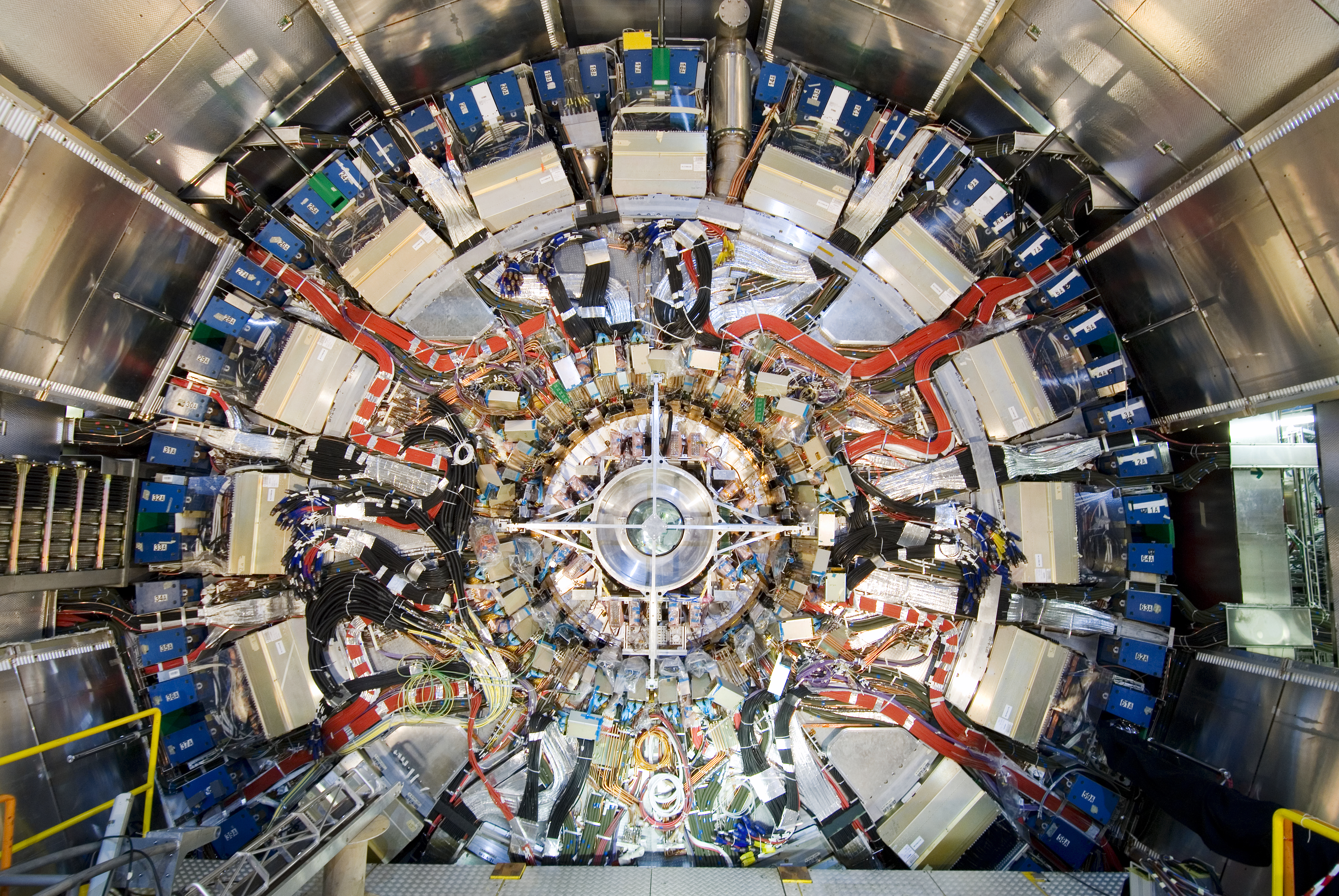Chasing the mysteries of the universe with the top quark
February 21, 2019

February 21, 2019

Alison Lister, Canada Research Chair in Particle Physics, quite loves quarks. She belongs to one of the largest scientific collaborations on the planet—the ATLAS experiment at the Large Hadron Collider—and is helping to develop new particle detectors at Canada’s national lab for particle physics.
Particles like leptons, quarks and gluons, are the fundamental building blocks of the universe. Every physicist has a pet particle and mine is the top quark. There are six known types of quarks and the top quark is the heaviest. Its mass is the same as that of a gold atom.
The top quark is special because it’s so short lived. Other quarks can form matter you can see, but a top quark decays so rapidly it can’t communicate with its gluon friends. This is useful because, since it doesn’t stick to other quarks, you can really study it in isolation. This quark can also give us an idea of physics outside our current best model. For example, dark matter is something that doesn’t quite fit into our model. You can’t see it, but we know it’s out there and we want to understand its nature.
There was always science in my life, my parents are physicists, they met while working at CERN (European Organization for Nuclear Research), so maybe I was doomed from the beginning. But one fun thing about the physics I do is that it’s the opposite of the usual idea of a scientist, which is someone working alone in a lab. As a particle physicist you collaborate with people constantly, you’re always re-evaluating your ideas. And it requires a variety of skills, from machine learning to building detectors.
Students are sometimes thinking too far ahead. I have first-year students who ask me: “What do I do If I can’t become a professor?” But that’s a question that is ten, 15 years in the future. I think you should follow your interests, try it out, talk to people in the field.
What do particle physicists do if they don’t end up in academia? They used to go into insurance or banking as fast traders because of their skills with big data and complex systems. In fact, a lot of the code for quantitative analysis used in New York came from particle physicists. But now, big data is everywhere and you can work in many industries.
Although physics is a fundamental science and less entwined with industry, there’s been many discoveries that have come out of our field. For example, the world wide web, which started out as the work of particle physicists at CERN, or medical imagining devices.
Among other things, I’m helping develop new particle detectors in collaboration with TRIUMF and SFU. We have one detector that needs to be replaced by 2024. That means building and assembling over 1,000 pieces. There’s a lot of electronics, hands-on work, and collaboration!
We honour xwməθkwəy̓ əm (Musqueam) on whose ancestral, unceded territory UBC Vancouver is situated. UBC Science is committed to building meaningful relationships with Indigenous peoples so we can advance Reconciliation and ensure traditional ways of knowing enrich our teaching and research.
Learn more: Musqueam First Nation